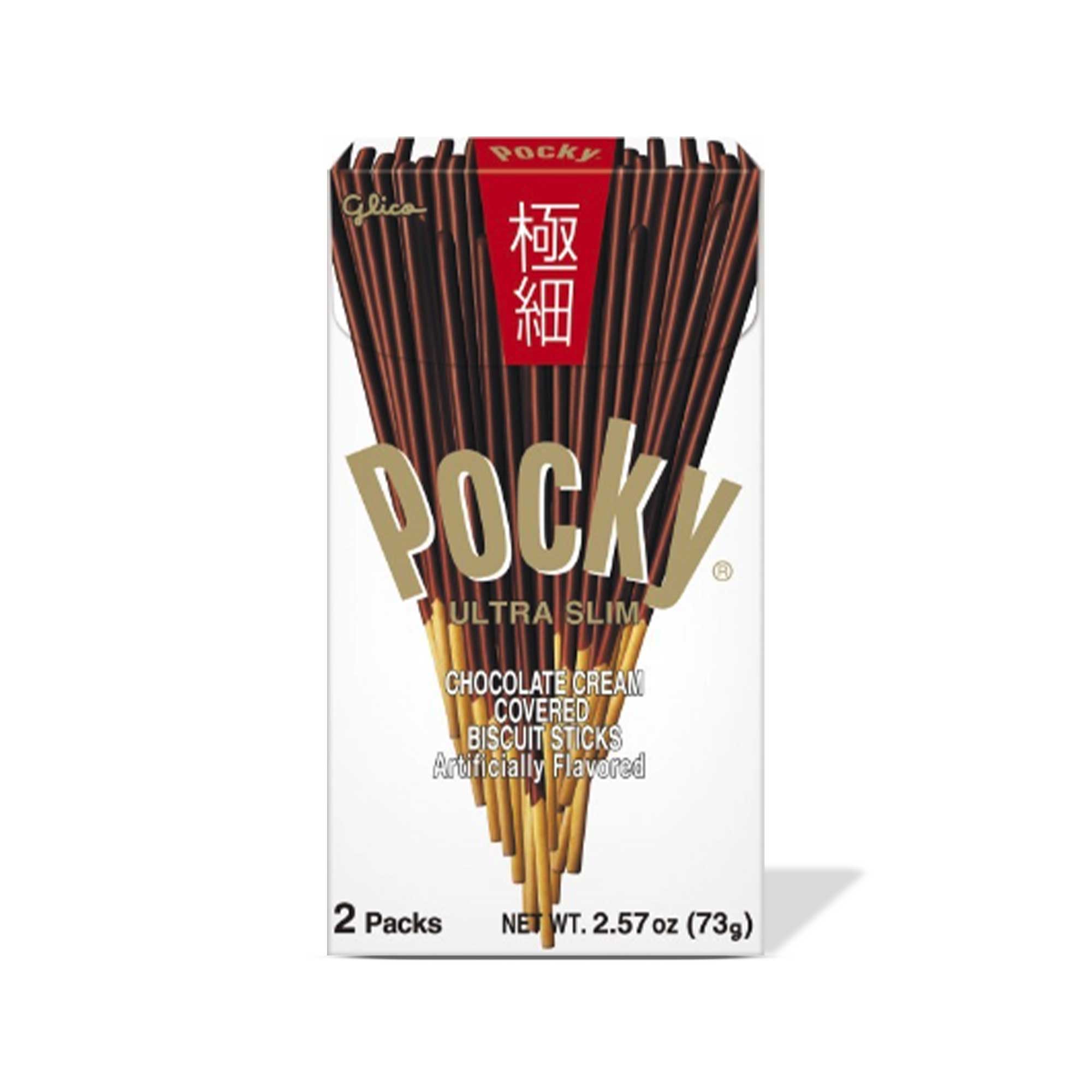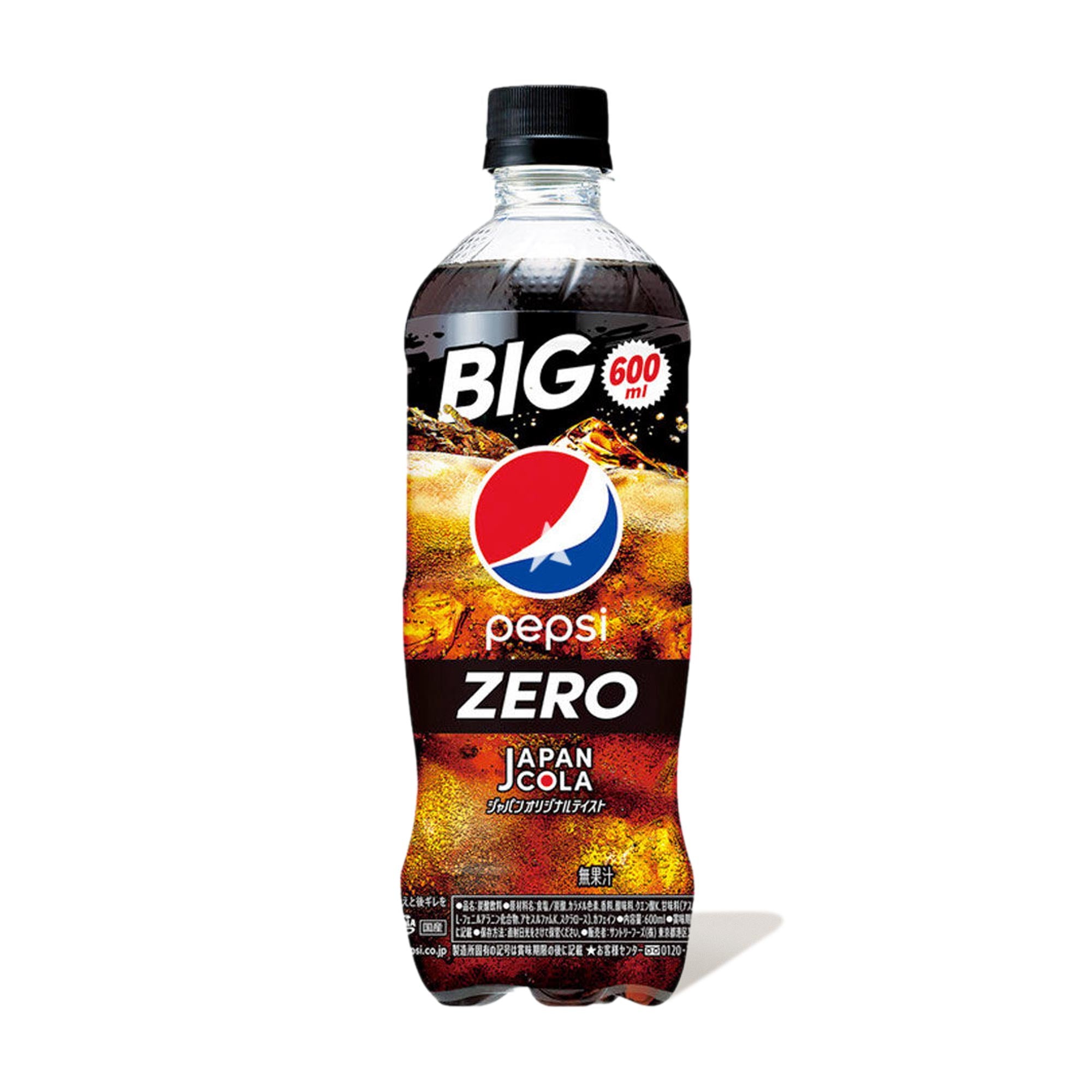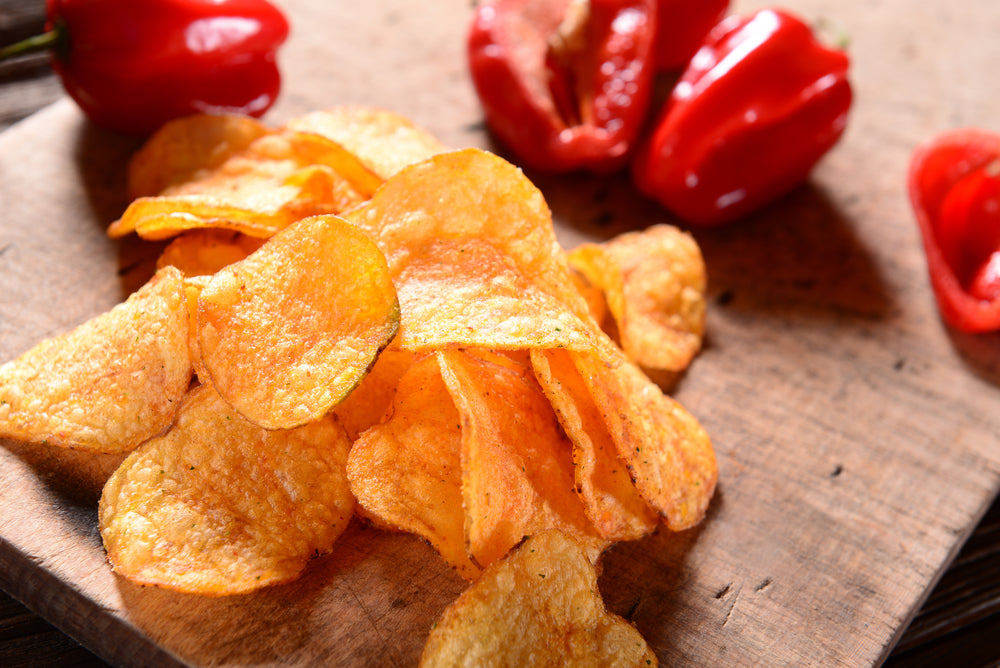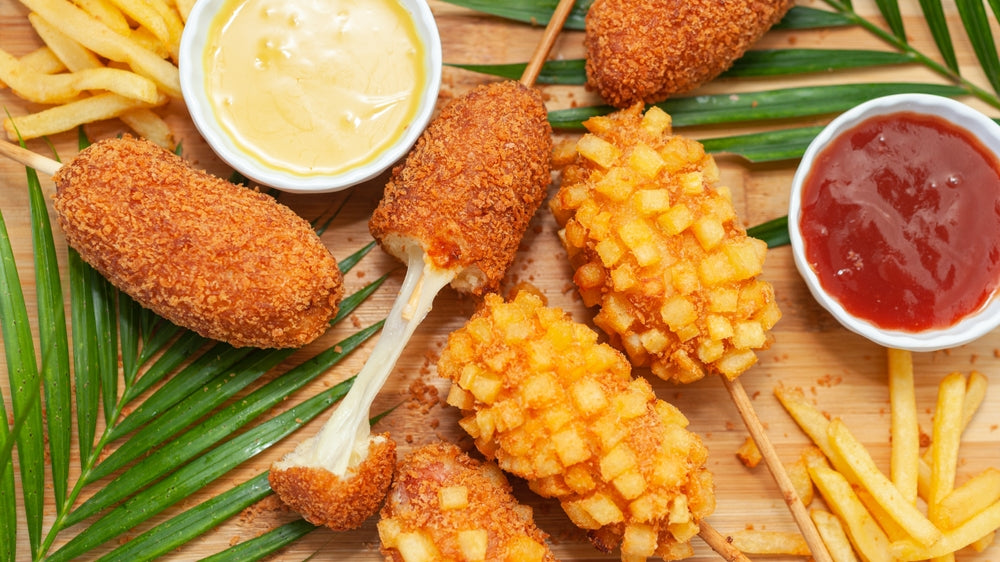A Guide to Chinese Rice Cooking Wines
Rice wine has been produced and used in China since records began. It’s believed that rice wine was first brewed by Shao Kang, sixth emperor of the Xia dynasty, and the ancient Chinese would drink rice wine for ceremonial purposes. There’s even archaeological evidence of rice wine dating back 6000 years!
Although rice wine is still used as an alcoholic beverage today, it’s probably best known for its use in everyday cooking throughout China and vast areas of Asia too. Rice wine is an essential ingredient in Chinese cuisine, adding a depth of flavor to everything from marinades, sauces, noodles and stir-fries to beloved dishes like kung pao chicken.
However, there are a few discernable differences between the many varieties of Chinese rice cooking wines that are worth knowing, which we’re going to delve into here.
What is Chinese Cooking Wine?
There are plenty of commonly used Chinese cooking wines that you might already be familiar with:
- Sake: a clear, dry alcoholic Japanese rice wine, also drunk as a beverage
- Shaoxing: an amber-colored Chinese rice wine for cooking
- Mirin: a sweet, clear Japanese rice wine for cooking
First, it’s important to note the difference between Chinese rice wine and Chinese cooking wine, as they’re not the same. Cooking wines are much more heavily salted in order to properly impact the cooking process of a dish; as such, they have a different flavor to a rice wine.
Next is differentiating between the various types of Chinese rice cooking wines. The amber-colored Shaoxing cooking wine has a different taste to the clear mijiu cooking wine. Shaoxing isn’t overwhelmingly salty, and will taste like hard dry sake, while mijiu is sweet and light.
It’s also crucial to remember that Chinese rice cooking wine is a wholly different ingredient to a grape-based white wine that you’d drink a glass of – and it’s also not the same as Chinese rice wine vinegar either. The latter is primarily an acidic flavor that we associate with other vinegars and would only be used in small amounts when used to cook with.
If you’re reaching for an alternative to Chinese rice cooking wine, the typical go-to is dry sherry. In a pinch, you can also use white wine or dry vermouth.
How is Chinese Rice Cooking Wine Made?
Chinese cooking wines are made by fermenting grain, usually glutinous rice, which allows the rice starches to be converted into sugars. But it’s not as simple as just adding yeast and sugar to boiling rice – even though many have tried this method. It’s actually more like a beer brewing process than a wine-making one –but perhaps ‘Chinese rice beer’ didn’t catch on in the past?
To make Chinese rice cooking wine, you need a particular kind of yeast: either a yeast ball, or a packet of ‘rice wine yeast’ from a store. This packet contains a mix of yeast, herbs and bacteria that will convert the starches into sugar.
Mix together cooked and cooled glutinous rice with water and the necessary wheat-based yeast and leave to ferment in an airtight container for at least two weeks – though some will say thirty days is needed. The fermenting rice should be stored in a warm place to help encourage the process.
Eventually, you’re left with a liquid that’s sweet, tangy and mild, which adds a depth of flavor to any dish you use it in.
How to Use Chinese Cooking Wine
Chinese cooking wine is primarily used to reduce or remove greasiness from any heavy dishes like meat or fish. As the alcohol present in the cooking wine reaches a sufficient heat, it’ll begin to boil, and when the alcohol evaporates, it takes the unpleasant smells with it.
Chinese cooking wine can also help to tenderize meat. The acids present in the rice wine penetrate the meat’s tissue and break a little of it down, which results in a tastier and more tender bite.
Different Types of Chinese Cooking Wine
Shaoxing (Huadiao)
Named for its origin, the city of Shaoxing in east China, Shaoxing wine uses more rice in the brewing stage. This accounts for the dark amber color of the liquid. Shaoxing is rich in both protein and flavor, and has a strong umami depth.
It’s certainly possible to drink Shaoxing as an alcoholic beverage, and some Chinese families will use it to replace rice at the start of the meal, drinking the wine from their rice bowls. With an alcohol content of 18% to 25%, it’s pretty strong!
Mijiu
The word ‘mijiu’ is typically used as the generic Chinese name for fermented rice wine. Also called michiu, there are plenty of different varieties, like Taiwanese Michiu, Cantonese Mijiu, and Michiu Shui.
Mijiu is often mentioned in the same breath as mirin - perhaps because of their similar sounding names. While both are fermented rice wines and can be used interchangeably to an extent, there’s still a difference. Mijiu is of Chinese origin and is also extremely popular in Taiwan. Mirin is a Japanese favorite and has a much milder taste than mijiu.

The alcohol content of mijiu rice wine is around 15% to 20%, and it’s often treated as a local alcoholic beverage in China, but is also a popular cooking wine used to balance out fishy and gamey flavors.
Jiuniang
Also called Jiu Niang (酒酿), this is like a sweet rice porridge, made from fermented rice. Jiuniang is actually a by-product of mijiu, made when the fermentation process is suddenly cooled down. The halted fermentation mixture, if eaten quickly, constitutes Jiuniang.
It’s often translated to ‘rice sauce’ or ‘rice wine’ because there’s a low alcohol content of 1-2%, but jiuniang is often enjoyed as a food on its own. It’s well known as a warming dish in the depths of winter, when it’s much easier to stop the fermentation process!
Jiuniang is often used as an alternative to Chinese cooking wine, and is similar to Japanese amazake – although the latter has a thinner texture and is treated like a drink.
Yellow Rice Wine (Huangjiu)
Yellow rice wine, also known as huangjiu or ‘Chinese Yellow Wine’, is the catch-all name for a variety of rice wines, of which Shaoxing wine is the most famous. Because of the high temperature used in the brewing process, this rice wine develops a reddish-yellow color.
Some yellow wines are used for drinking more than cooking, and have a relatively low alcohol content of around 14 to 20%. Yellow wines are generally more mild and they’re great for deglazing dishes.
Shaoxing Wine vs Mirin
Mirin, the Japanese sweet cooking wine, is a close comparison to Shaoxing wine and can be used as a replacement if needed. That said, mirin is much sweeter than Chinese cooking wine so be sure to omit additional sugar, even if your recipe calls for it.

In Japanese cooking, mirin is usually used as a condiment or as a part of a sauce. It’s around 14% alcohol and is effectively sweetened sake and water.
How to Store Chinese Cooking Wine
Chinese cooking wine can be left out of the fridge (though it’ll last longer if kept cool). You simply need to keep it sealed and in a cool cupboard, and it should be good for around six months after opening.

At Bokksu, we have all your favorite Chinese cooking wines ready and waiting. Check out our tangy Shaoxing cooking wine and rustle up your very own Chinese dish for dinner!
Author Bio










